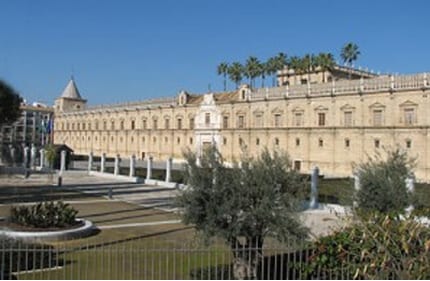By James Bryce
A PAIR of unblinking eyes stare at me down a long snout that looks like it is permanently puckering up for a kiss.
While elsewhere, a snail-like creature no bigger than my thumb displays fearsome-looking horns and a striking colour scheme, giving it the appearance of a drag queen.
But despite their unusual appearance, pipe fish and nudibranchs are just two examples of the bizarre residents inhabiting the underwater world surrounding Gibraltar.
Octopuses, seahorses and moray eels are regularly spotted, along with huge shoals of fish including mackerel, bream and mullet.
Much rarer visitors to these shores include eagle rays and turtles.
But the marine life is far from the only attraction.
The waters around the Rock are littered with ship wrecks of all shapes and sizes, offering a fascinating insight into the area’s sea-faring history.
Among those accessible to divers are Batty’s Barge and the 482, an ex-admiralty cable-laying barge that was deliberately sunk in 1990 as part of a conservation project to help attract sea life to the area.
Sarah Hunt from Dive Charters Gibraltar is explaining the wreck’s history to me in between helping me get into my gear and providing safety briefings.
The amicable 31-year-old – who is a PADI-qualified Divemaster – has an infectious enthusiasm for scuba diving and quickly eases my anxiety over the fact that I haven’t dived for three years.
“It is really rewarding when people who are nervous have a good time,” she says.
“A divemaster’s job is to make it enjoyable and easy and there are lots of sites here which are suitable for beginners.
“In fact, one of the dives we often take novices on is one of the best places for spotting seahorses,” adds the trained lawyer, originally from York, who has lived in Gibraltar for two years.
“I have been a scuba diving junkie ever since I saw a hammerhead shark in the Galapagos Islands eight years ago.

“I have dived all over the world but I love what Gibraltar has to offer, it is really varied and every wreck has its different challenges.”
Based in Marina Bay, Dive Charters Gibraltar offers around 30 different dives including wrecks, reefs and drift dives.
It caters for all abilities from complete novices keen to experience a ‘try dive’, right up to 40 metre deep technical dives for professional scuba divers looking for a new challenge.
As we wade into Camp Bay from the beach, we soon find ourselves hovering over the ghostly outline of Batty’s Barge.
But it is the impressive bulk of the 30-metre long 482 that really catches the eye, lying in 15 metres of water and still in relatively good condition.
The wreck is alive with marine life and every nook and cranny we peer into seems to be occupied by one fish or another seeking refuge from predators.
The ship’s hold is still in one piece and descending into it offers a surreal and slightly eerie sensation.
The peaceful, rhythmic breathing makes it difficult to imagine the hustle and bustle created by deck hands going about their business in the same part of the boat so many years ago.
Back on dry land after the half-hour dive, everybody is keen to share their experiences of what they had seen.
One of the divers in our group even produces a gin bottle thought to be around 100 years old, an apparently common find on Gibraltar’s wrecks.
Away from the Rock, one of the most highly-rated dive sites in Andalucia is Tarifa, a half-hour drive from Gibraltar.
Here you can join experienced instructors from the Yellow Sub Tarifa dive company on more than 10 dive sites, which offer a fantastic challenge for experienced divers.
Scuba divers must be qualified to PADI Open Water Diver standard before doing the dives, although ‘try dives’ are available for novices.
Among the dives on offer are the Pecio del San Andres, a paddle steamship made of steel, which sank during a storm in 1856.
Wildlife including octopus, moray eels, conger eels and scorpion fish are among the residents in the natural park of the Isla de las Palomas, where most of the dives take place.
Visit www.divegib.gi and www.divingtarifa.com.










